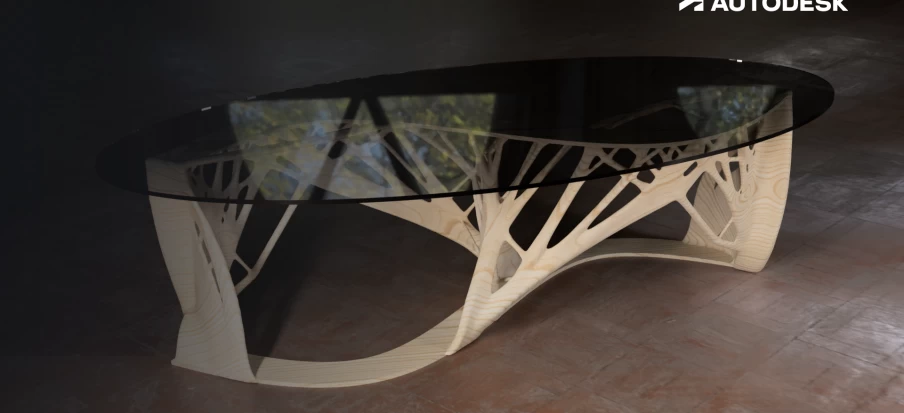Introduction
In today’s competitive market, efficiency and innovation are crucial for success. Rapid prototyping and contract manufacturing are two key components that, when combined, can significantly enhance the production process. This article explores how rapid prototyping plays a vital role in streamlining contract manufacturing, reducing lead times, and improving product quality.
What is Rapid Prototyping?
Rapid prototyping is a process that quickly creates physical models from digital designs using additive manufacturing technologies. It allows for the rapid iteration and testing of designs, enabling faster product development cycles. Key technologies include Fused Deposition Modeling (FDM), Stereolithography (SLA), and Selective Laser Sintering (SLS).
What is Contract Manufacturing?
Contract manufacturing involves outsourcing the production of goods to a third-party manufacturer. This approach allows companies to leverage specialized expertise, reduce costs, and focus on core competencies such as design and marketing. Contract manufacturers handle everything from sourcing materials to assembling final products.
Benefits of Integrating Rapid Prototyping with Contract Manufacturing
Accelerated Product Development
By using rapid prototyping, companies can quickly create and test prototypes before moving to full-scale production. This speeds up the product development cycle, allowing for faster market entry and the ability to respond swiftly to market demands.
Cost Efficiency
Rapid prototyping reduces the need for expensive tooling and molds, making it a cost-effective solution for creating prototypes and low-volume production runs. Contract manufacturers benefit from these savings, which can be passed on to clients.
Improved Product Quality
Rapid prototyping enables thorough testing and validation of designs before mass production. This helps identify and address potential issues early, ensuring high-quality products. Contract manufacturers can then produce these validated designs with confidence, reducing the risk of defects.
Enhanced Design Flexibility
The design freedom offered by rapid prototyping allows for the creation of complex and innovative products. Contract manufacturers can leverage these designs to produce items that meet specific client requirements and stand out in the market.
Applications of Rapid Prototyping in Contract Manufacturing
Electronics
In the electronics industry, rapid prototyping is used to develop and test circuit boards, enclosures, and other components. Contract manufacturers can quickly produce and assemble these parts, ensuring they meet stringent quality standards.
Medical Devices
Rapid prototyping is essential in the medical device industry for creating custom implants, surgical instruments, and diagnostic tools. Contract manufacturers use these prototypes to streamline production, ensuring compliance with regulatory requirements.
Consumer Products
For consumer products, rapid prototyping enables the creation of unique and customized items. Contract manufacturers can produce these products efficiently, meeting consumer demand for personalization and innovation.
Case Study: Successful Integration of Rapid Prototyping and Contract Manufacturing
[Include a real-world example or hypothetical case study demonstrating how a company successfully integrated rapid prototyping into their contract manufacturing process, highlighting the benefits achieved.]
Future Trends in Rapid Prototyping and Contract Manufacturing
Advanced Materials
The development of new materials for rapid prototyping will expand its applications and capabilities. Contract manufacturers will benefit from these advancements, offering more options to clients.
Automation and AI
Integrating automation and artificial intelligence (AI) into rapid prototyping and contract manufacturing processes will further enhance efficiency and precision. These technologies will streamline production, reduce costs, and improve product quality.
Conclusion
Combining rapid prototyping with contract manufacturing offers significant advantages in terms of speed, cost, quality, and design flexibility. As these technologies continue to evolve, their integration will become even more critical for companies looking to stay competitive in the modern market. By embracing rapid prototyping and contract manufacturing, businesses can streamline their processes and deliver innovative products that meet the demands of today’s consumers.
Keywords:
Rapid prototyping, contract manufacturing, product development, cost efficiency, design flexibility, electronics industry, medical devices, consumer products, advanced materials, automation, artificial intelligence, market entry, and product quality.

